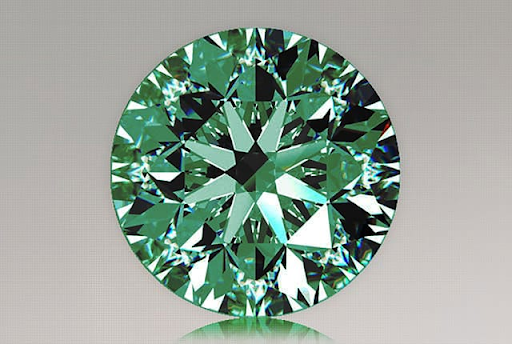In the world of fine jewelry, the debate between lab grown diamonds vs natural continues to captivate consumers. As both options gain popularity, understanding the distinctions between them is essential for making an informed purchasing decision. This article aims to provide an extensive analysis of the differences, benefits, and considerations surrounding these two types of diamonds.
Understanding the Basics
What Are Lab Grown Diamonds?
Lab grown diamonds, also known as synthetic diamonds or cultured diamonds, are created in controlled environments using advanced technology. These diamonds possess the same physical, chemical, and optical properties as their natural counterparts. Created through two primary methods—High Pressure High Temperature (HPHT) and Chemical Vapor Deposition (CVD)—lab grown diamonds are virtually indistinguishable from natural diamonds to the naked eye.
What Are Natural Diamonds?
Natural diamonds are formed deep within the Earth over millions of years. These diamonds undergo immense heat and pressure, resulting in unique crystal structures. Natural diamonds are mined from the earth, a process that involves significant labor, time, and environmental impact. The rarity of natural diamonds contributes to their allure, but this scarcity also drives higher prices.
Key Differences Between Lab Grown and Natural Diamonds
1. Origin and Creation Process
The most fundamental difference lies in their origin. Lab grown diamonds are created in weeks, while natural diamonds take millions of years to form. The technological advancements in diamond synthesis have allowed for a more sustainable and ethical alternative to traditional diamond mining.
2. Cost Considerations
When it comes to pricing, lab grown diamonds typically cost 20-40% less than natural diamonds. This price difference is primarily due to the shorter creation time and the controlled environment in which lab grown diamonds are produced. For consumers, this means an opportunity to purchase a larger or higher-quality stone without the premium price tag associated with natural diamonds.
3. Ethical and Environmental Impact
The ethical implications of diamond sourcing cannot be overlooked. Lab grown diamonds offer a conflict-free alternative, as they do not contribute to the blood diamond trade that has plagued the industry. Furthermore, lab grown diamonds are considered more environmentally friendly due to the reduced ecological footprint of their production compared to traditional diamond mining, which often leads to habitat destruction and pollution.
4. Quality and Appearance
Both lab grown and natural diamonds can be graded based on the Four Cs: Cut, Color, Clarity, and Carat Weight. Lab grown diamonds can achieve exceptional quality and often have fewer inclusions than natural diamonds, resulting in a clearer appearance. However, the unique inclusions and characteristics of natural diamonds can enhance their charm and value, especially among collectors and connoisseurs.
Consumer Preferences: Lab Grown vs Natural Diamonds
Trends in Consumer Choices
In recent years, consumer preferences have shifted significantly. Many buyers are leaning toward lab grown diamonds, valuing their affordability and ethical sourcing. The younger generation, in particular, is more inclined to choose lab grown diamonds, reflecting broader trends in sustainability and conscious consumerism.
Symbolism and Sentiment
While lab grown diamonds offer practical benefits, many still perceive natural diamonds as symbols of love and commitment steeped in tradition. For some, the narrative of a natural diamond’s journey from deep within the Earth adds sentimental value that a lab grown diamond may not possess.
Investment Value: Which is Worth More?
When considering investment potential, natural diamonds tend to hold their value better over time. Due to their rarity and historical significance, natural diamonds can appreciate in value, making them a potential investment choice. In contrast, lab grown diamonds are more akin to electronic devices; they may depreciate in value as technology and production methods advance.
Conclusion: Making an Informed Decision
Ultimately, the choice between lab grown diamonds and natural diamonds hinges on personal values, preferences, and budget. Lab grown diamonds present a modern, ethical alternative, appealing to those prioritizing sustainability and affordability. In contrast, natural diamonds carry a legacy and emotional weight that can be deeply meaningful for some buyers.
